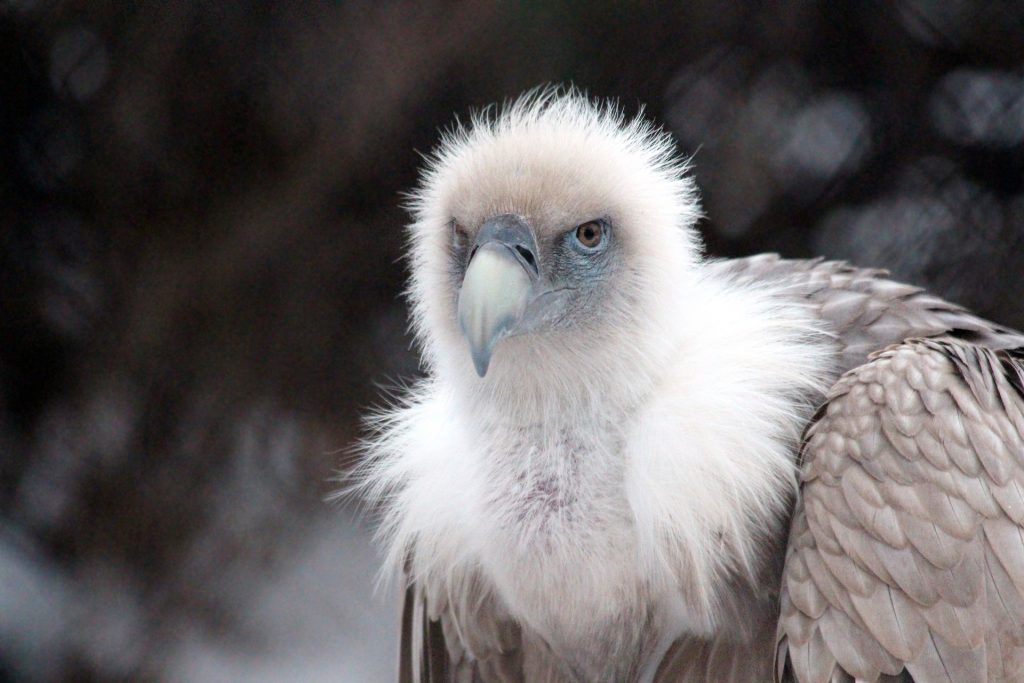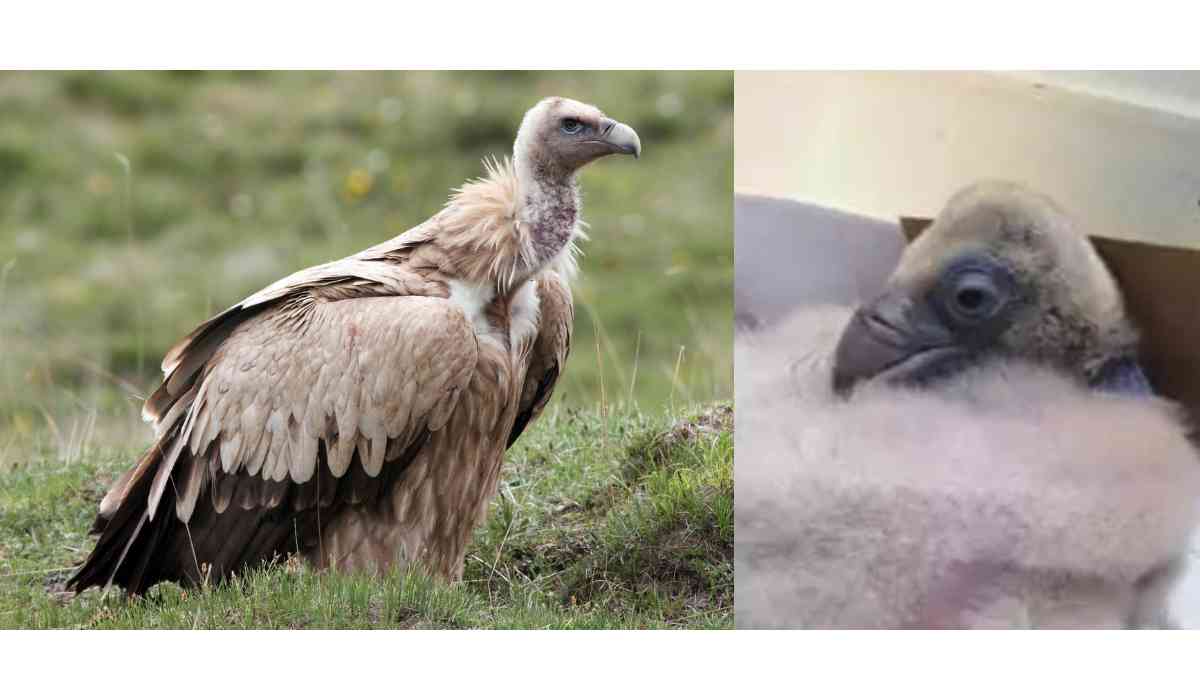A decade ago, Himalayan vultures faced a dire situation in Assam due to poisoning and accidents. Despite doubts about their survival in the hot, humid climate, these remarkable birds have not only thrived but also paved the way for a groundbreaking conservation achievement. Within the lush confines of Assam State Zoo in Guwahati, India, the Himalayan vultures have captivated conservationists with their captive breeding success.
Published in the latest edition of the Journal of Threatened Taxa, this remarkable tale narrates the story of a triumphant captive breeding event that unfolded in March of the previous year. The vultures ingeniously crafted a nest on the ground within a display aviary at the zoo. Tender care was provided, with the nestling receiving meticulous attention in temperature-controlled chambers, complete with air conditioning. Goat meat and bone fragments became its nourishing diet, carefully documented alongside weight and growth records. A five-month journey culminated in the fledging of the young vulture.
This feat was achieved through a collaborative endeavour between the Bombay Natural History Society (BNHS), the Assam forest department, and the Assam State Zoo. Sachin Ranade, the leader of the Vulture Conservation Breeding Centre, Rani, Assam, highlighted the uniqueness of this achievement. "Only in France has this species been successfully bred before. Hence, this stands as the second such instance globally and the first in India," he shared.
The journey to this extraordinary achievement was indeed an uphill climb. Breeding Himalayan vultures in Guwahati, a place far removed from their snowy mountain habitats, seemed daunting. Yet, the vultures, having spent considerable time in the zoo, acclimatized to their tropical surroundings. With human assistance, they nurtured their offspring, leading to this exceptional milestone. Jay Gore and Ashwini Kumar from Assam State Zoo also played pivotal roles in this endeavour.

Himalayan vultures, categorized as "near threatened," once faced grave peril. Immature vultures often ventured to the plains, including Assam, during the winter months. Tragically, many fell victim to poisoned baits intended for feral dogs and wild carnivores. The BNHS and forest personnel stepped in to rescue these birds, providing them refuge within the zoo. After five years of maturation, the groundwork for captive breeding began. Previous attempts between 2019 and 2021 were met with challenges, yielding no success.
The BNHS boasts previous achievements in breeding three other vulture species—white-rumped vultures, Indian vultures, and slender-billed vultures—in captivity, all aimed at conservation and reintroduction initiatives. The triumphant saga of the Himalayan vultures now adds a dazzling chapter to this noble conservation legacy.
© Copyright 2023. All Rights Reserved Powered by Vygr Media.





















